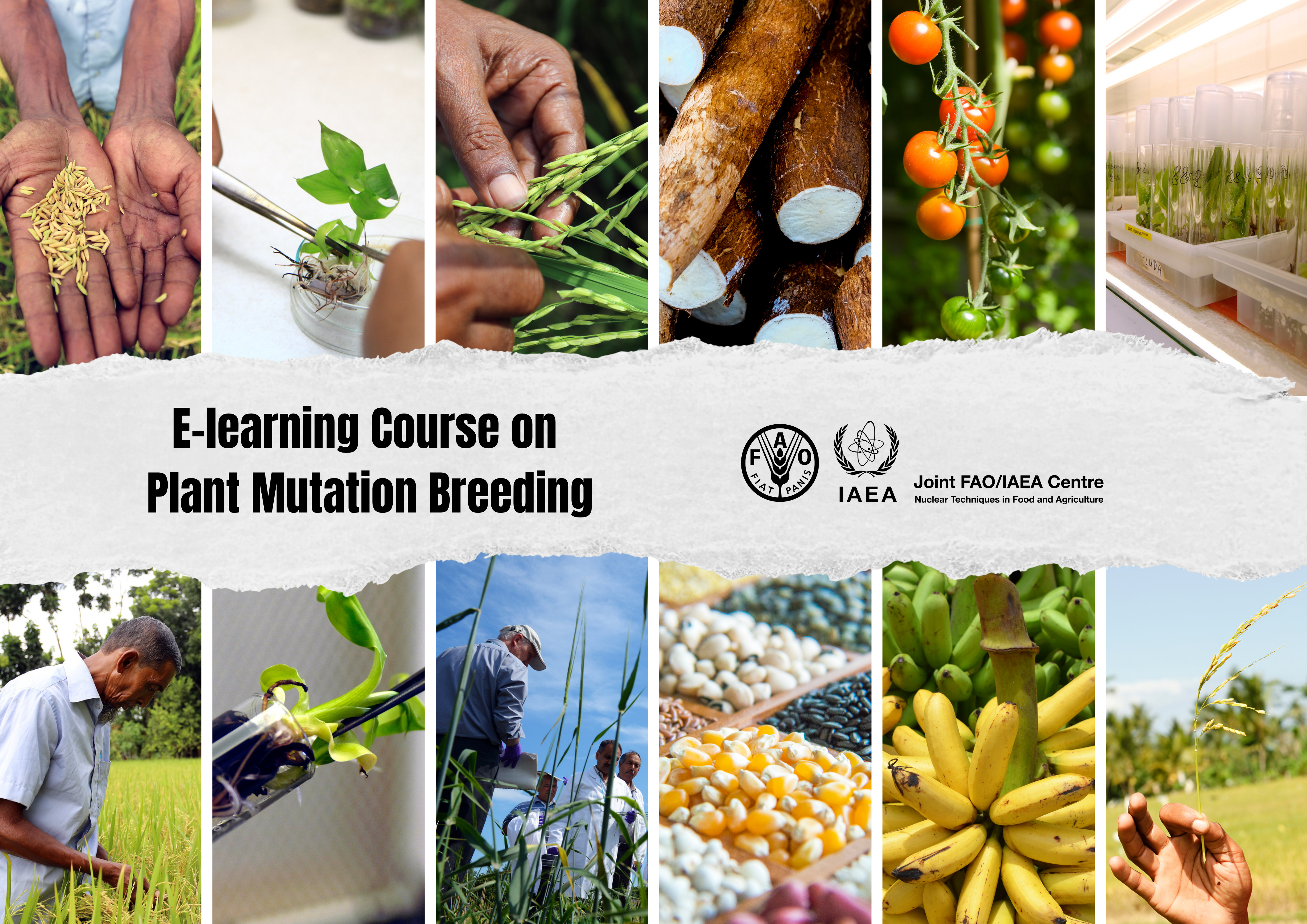
Online E-learning Course on Plant Mutation Breeding
An e-learning course on induced genetic variation for crop improvement The objective of this training course is: To provide an overview of mutation breeding from basic concepts, applications, and prac...
Food Authenticity and Stable Isotopes
Training course on Food Authenticity and Stable Isotopes Duration: About 5 Hours | Language: English | Interactivity: Self-directed Participants required 'Enrolment-Key' to access this course. For mor...
LC-MS for the detection of Melamine and other Nitrogen-rich Compounds in Milk and Milk Products
Training course on LC-MS for the detection of Melamine and other Nitrogen-rich compounds in milk and milk products Language: English | Interactivity: Self-directed Participants required 'Enrolment-Key...
ISO17025 Accreditation
Training course on ISO17025 Accreditation. Duration: About one hour | Language: English | Interactivity: Self-directed Participants required 'Enrolment-Key' to access this course. For more information...
Heavy Metal Analysis: Method Development and Validation
Training course on Heavy Metal Analysis; Method Development and Validation. Duration: About 4 Hours | Language: English | Interactivity: Self-directed Participants required 'Enrolment-Key' to access t...
Veterinary Drug Residue Analysis: Method Development and Validation
Training course on Veterinary Drug Residue Analysis: Method Development and Validation Duration: About 2 Hours | Language: English | Interactivity: Self-directed Participants required 'Enrolment-Key' ...
Review of Omani Food Safety Regulations and Standards
Workshop on Review of Omani Food Safety Regulations and Standards Language: English | Interactivity: Self-directed Participants required 'Enrolment-Key' to access this course. For more information ple...
Analytical Methods to Detect and Control Organic Contaminants in food
This e-Learning course covers the topics such as Overview of Organic Contaminants in food, Overview of Sample preparation options, Overview of Analytical Instrumentation, Planning, Method development ...
Expert Mission to Raise Awareness of Food Adulteration and Fraud and Its Potential Impact on Food Safety, FIJI, 15-19 Oct, 2018
Expert Mission to Raise Awareness of Food Adulteration and Fraud and Its Potential Impact on Food Safety, FIJI, 15-19 Oct, 2018 Participants required 'Enrolment-Key' to access this course. For more in...
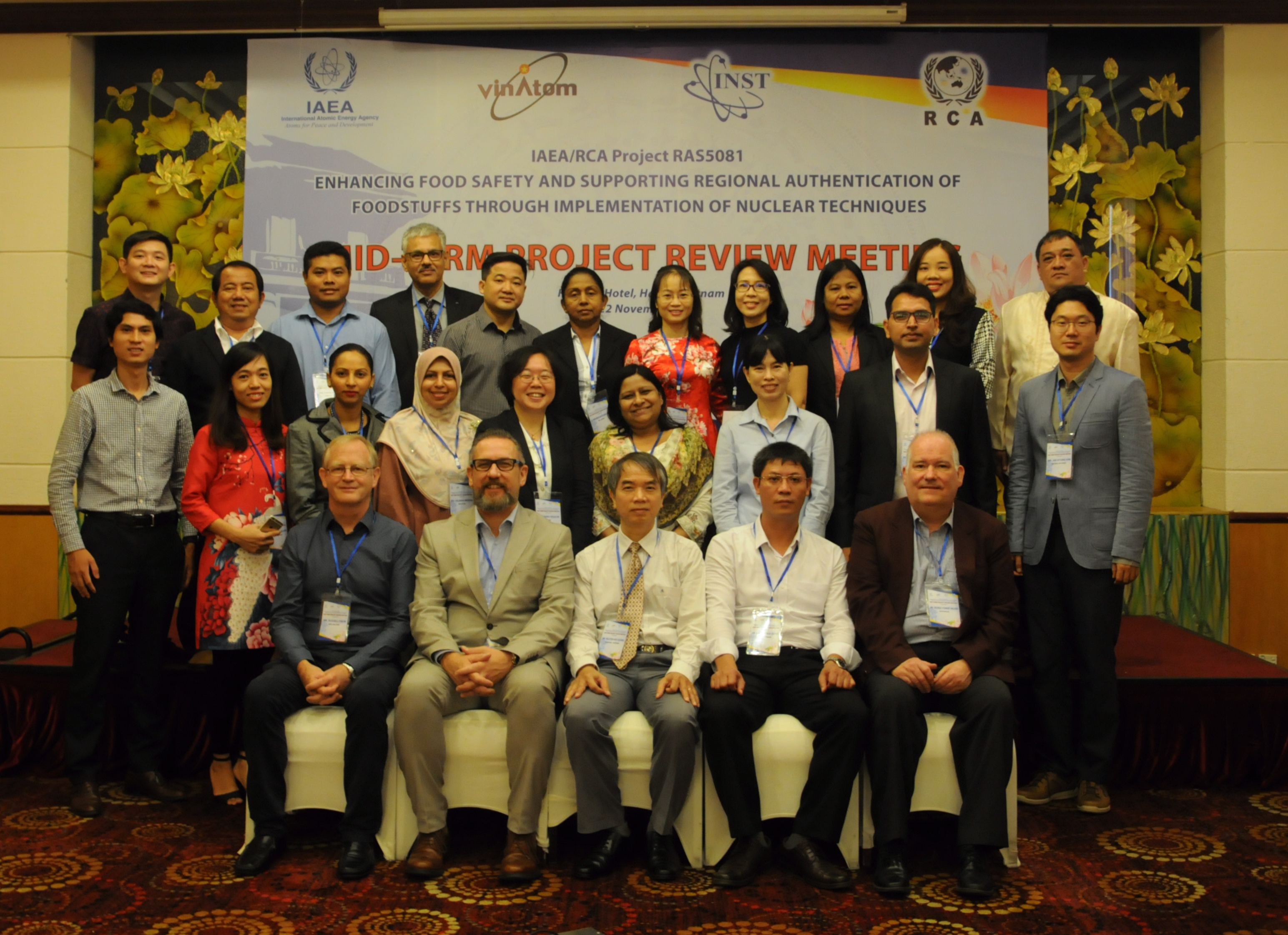
CM2 - Mid-Term Coordination Meeting, Hanoi, Vietnam, 18-22 November 2019
CM2 Mid-Term Coordination Meeting Participants required 'Enrolment-Key' to access this course. For more information please contact S.Kelly@iaea.org or NAFA.Food-Safety-and-Control-Section-Contact-Poi...
Final Coordination Meeting (Virtual)
Final Coordination Meeting, 30 Nov - 02 Dec 2021 (Virtual) Participants required 'Enrolment-Key' to access this course. For more information please contact S.Kelly@iaea.org or NAFA.Food-Safety-and-Con...

RTC6 - Stable Isotope Systematics in the Environment (Virtual)
RTC6 - Stable Isotope Systematics in the Environment, 19-30 July 2021 (Virtual) Participants required 'Enrolment-Key' to access this course. For more information please contact S.Kelly@iaea.org or NAF...
RTC4 - Fundamentals of Nuclear Techniques - Part II, Beijing, China, 23-27 September 2019
Regional Training Course on Fundamentals of Nuclear Techniques for verifying Food Authenticity - Part II Participants required 'Enrolment-Key' to access this course. For more information please contac...
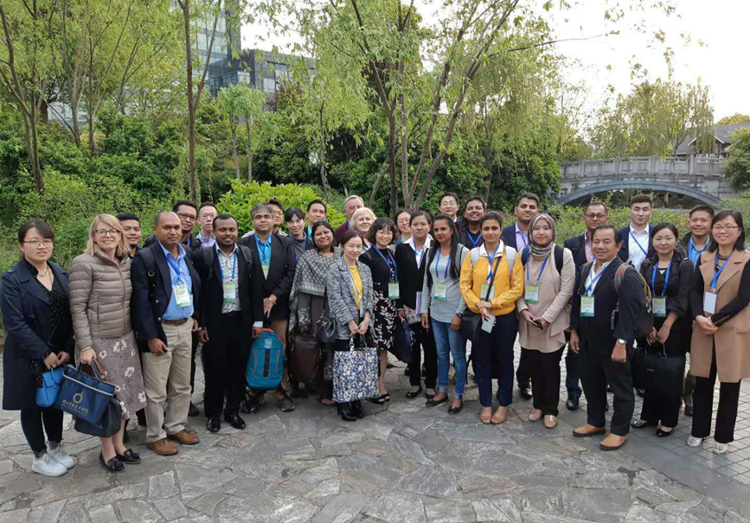
RTC3 - Chemometrics in Excel add-in training, Hangzhou, China, 15 – 19 April 2019
Regional Training course on Chemometrics in Excel Add-in. Participants required 'Enrolment-Key' to access this course. For more information please contact S.Kelly@iaea.org or NAFA.Food-Safety-and-Cont...

RTC2 - The Use of Advanced Nuclear Techniques for Verifying Food Authenticity (Train the Trainer Course), PENANG, Malaysia, 19 Nov – 23 Nov 2018
RTC2 - The Use of Advanced Nuclear Techniques for Verifying Food Authenticity (Train the Trainer Course) Participants required 'Enrolment-Key' to access this course. For more information please conta...
Elemental Analysis for Isotope Ratio Mass Spectrometry
This course gives a general overview on Elemental Analysis for Isotope Ratio Mass Spectrometry(IRMS). It consists of 4 modules to provide basic to intermediate knowledge in the use of elemental analys...
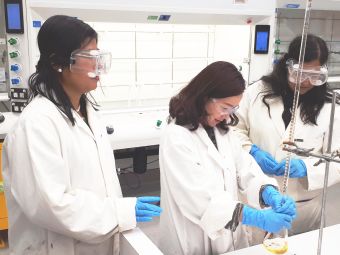
RTC1 - The fundamentals of using nuclear techniques for verifying food authenticity, Dunedin, New Zealand, 25 June – 06 July 2018
RTC1 - The fundamentals of using nuclear techniques for verifying food authenticity Participants required 'Enrolment-Key' to access this course. For more information please contact S.Kelly@iaea.org or...
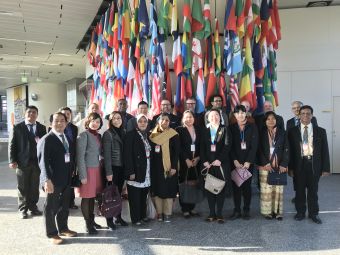
First Coordination Meeting , Vienna, 05-09 February 2018
Project Kick-off and Co-ordination Meeting Participants required 'Enrolment-Key' to access this course. For more information please contact S.Kelly@iaea.org or NAFA.Food-Safety-and-Control-Section-Con...

Training Workshop on The Use of Nuclear Techniques to Determine Food Origin and Authenticity
Workshop on Use of Nuclear Techniques to Determine Food Origin and Authenticity. Language: English | Interactivity: Self-directed Participants required 'Enrolment-Key' to access this course. For more ...
Chemometrics Add-in for Excel (CAFE)
This e-leaning course aims to provide an overview on Chemometrics Add-in For Excel (CAFE). It consists of 4 pathways: Principal Component analysis, Regression, SIMCA and PLS Discrimination. Duration: ...
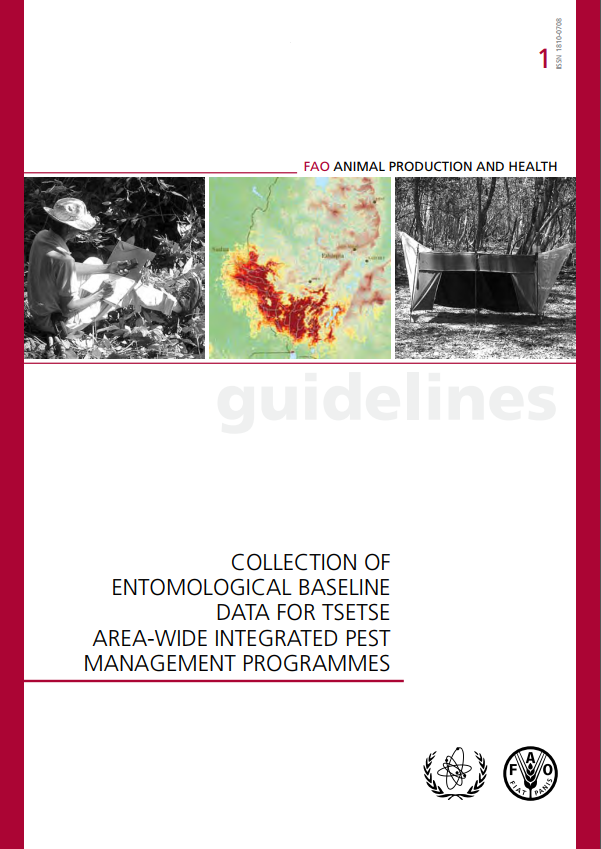
Online E-learning Course on Basic Techniques for Tsetse Flies Dissection
Tsetse flies are the sole cyclical vector of African trypanosomes (AT) in sub-Sahara Africa. These Trypanosoma parasites cause sleeping sickness in humans and nagana in cattle. Vector dissections are ...

Curso en línea sobre Evaluación del Riesgo en Materia de Inocuidad de los Alimentos
El objetivo del presente curso, desarrollado en el marco del proyecto RLA5080, Fortalecimiento de la colaboración regional entre laboratorios oficiales para hacer frente a nuevos desafíos relacionados...

Fruit Sampling for Area-Wide Fruit Fly Programmes
Fruit sampling in Area-Wide Fruit Fly Integrated Pest Management (AW-IPM) programmes, is applied to detect the presence or absence of the target fruit fly species in an area. It is also applied to mon...

Action Plan Against Quarantine Fruit Fly Species of the Genus Batrocera spp.
The course is based on the harmonized procedures manual for the eradication of outbreaks of invasive fruit fly species of the Genus Batrocera. It is aimed at providing the basis for the delimitation o...

Curso de capacitación en empaque, transporte, retención y liberación de moscas estériles en programas de control de moscas de la fruta en áreas amplias
El curso presenta los procedimientos necesarios para garantizar que las moscas de la fruta estériles liberadas sean de la mejor calidad y que las densidades de liberación de moscas sean adecuadas segú...

E-learning Course on Fruit Fly Trapping in Support of SIT Implementation in IAEA and FAO Member States
The course will provide users with a means to learn the basic principles and applications of fruit fly population sampling using trapping systems. It presents the different types of traps and lures an...

Training course on Packing, Shipping, Holding and Release of Sterile Flies in Area-wide Fruit Fly Control Programmes
The course presents the procedures required to ensure that released sterile fruit flies be of the best possible quality and that the sterile fly release densities are adequate to the needs of area-wid...

Dosimetry for SIT - Gafchromic® Film Dosimetry System for Gamma Radiation
Course on use of the Gafchromic® dosimetry system for confirming the dose of gamma radiation applied for the sterile insect technique (SIT). This course brings together in one place a description of t...

Irradiacion de alimentos - Tecnologia, Applicaciones y Buenas practicas - Spanish
Este curso fue elaborado como resultado del Proyecto de Cooperación Técnica RAS 5057: “Implementación de buenas practicas en la irradiación de alimentos para propósitos sanitarios y fitosanitarios....

Food Irradiation - Technology, Applications and Good Practices
This course was produced as an output of the Technical Cooperation Project RAS 5057: “Implementing Best Practices of Food Irradiation for Sanitary and Phytosanitary Purposes”. It was designed for d...
